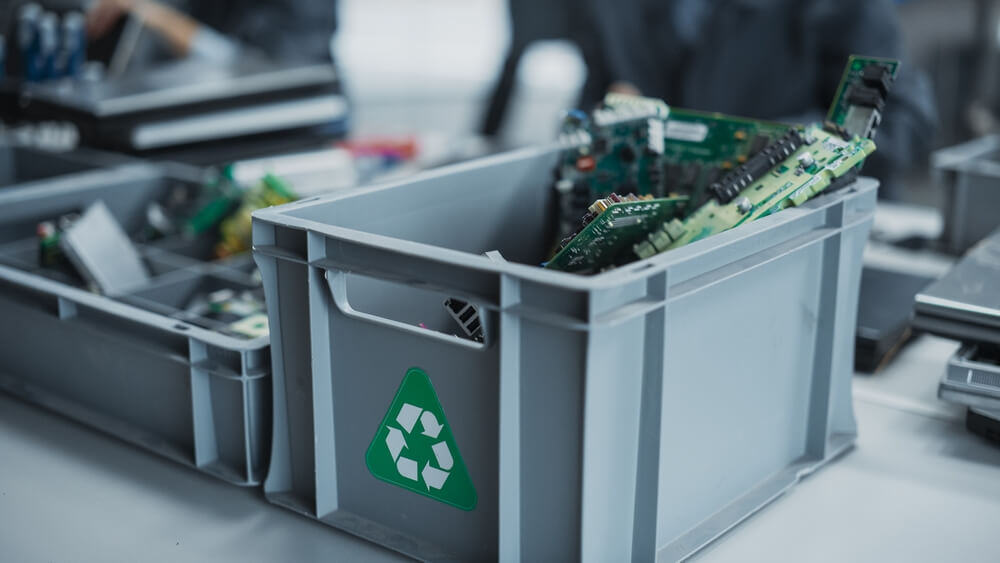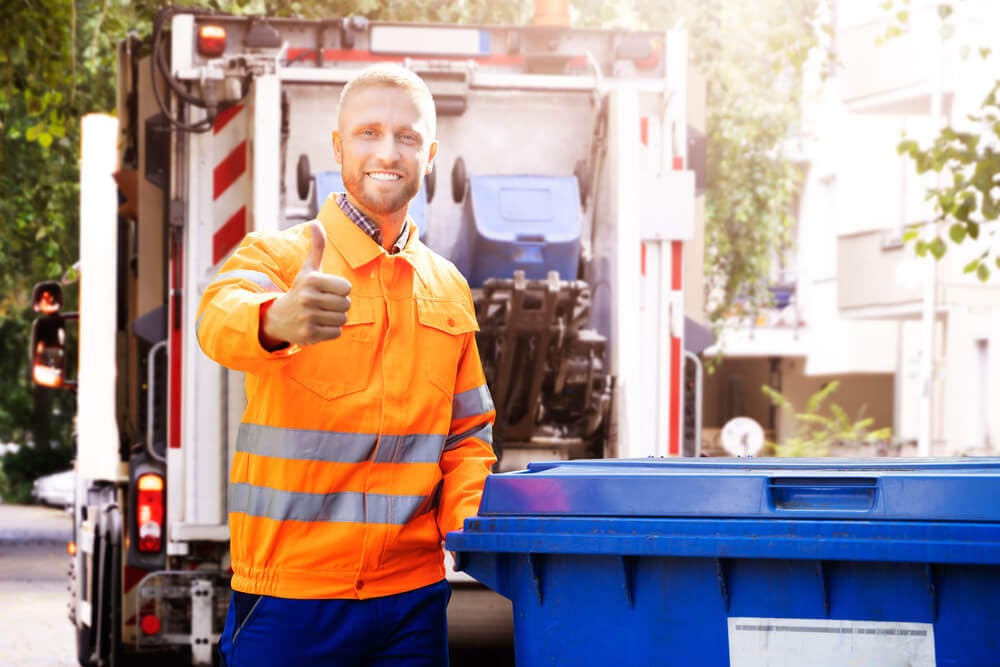Despite our society's advancing technological capabilities, we still live in a world defined by finite resources. Nearly every product we use—whether it's the smartphone in our pocket, the car we drive, or the home we live in—is made from raw materials that have been mined, processed, and transported to reach us. As our economy expands and consumer demand increases, the volume of goods we purchase and discard continues to rise each year.
Consider the following statistics that shed light on the extent of our consumer habits:
- The average home in the United States has over 300,000 items;
- The average size of homes in the United States has tripled in size over the past five decades, partly to make room for the amount of stuff we purchase;
- Even though our homes are larger and our families smaller, around 10 percent of Americans continue to rent offsite storage facilities;
- The average family in the United States spends around $1,700 on clothes purchases every year. At the same time, the average individual in America throws away 65 pounds of clothing every year!
Consuming more “stuff” almost inevitably results in increased waste ending up in our landfills. Across the United States, we collectively create upwards of 292 million tons of municipal solid waste (MSW) each year. The Environmental Protection Agency (EPA) estimates that half of that waste eventually ends up in landfills, and only about one-third of our municipal solid waste is ever recycled.
In a world with limited resources, the cycle of rising consumption and growing landfill waste is clearly unsustainable. The first step toward change is reducing our demand for new materials. Rather than upgrading to a new phone every six months, keeping our current one for as long as it functions is a simple yet effective way to ease the strain on the planet’s resources. Additionally, recycling the items we eventually discard plays a crucial role in moving toward a more sustainable future.
Why is Recycling Important?
Recycling is defined as the action of converting waste into reusable material. Fortunately, an enormous amount of consumer items that we throw into the garbage every day can be converted into beneficial materials through the process of recycling. Apple cores and banana peels can be composted into fertile topsoil. Junk mail and old college notebooks can be turned into newspapers, paper cups, or other similar materials. The many heavy metals inside our phones, computers, TVs, and other electronic devices can also be salvaged, smelted, and recycled into new electronic products.
Recycling is essential for several different reasons. Firstly, recycling can reduce the need to harvest or mine new raw materials to fuel our global consumer economy. This prevents pollution, reduces greenhouse gas emissions, decreases pressure on our already overburdened landfills, and can actually save money for both industries and the end consumer. A lot has been written recently about the challenges that come with recycling certain types of materials now that China and other Asian countries have drastically reduced importation of recyclable materials, which has hindered recycling efforts in the U.S. However, through public awareness campaigns, improved infrastructure, and policy reforms, the U.S. continues to take measures to improve recycling practices and increase accessibility domestically.
Recycling Organic Waste
Organic waste, which includes food scraps, yard trimmings, paper, and cardboard, refers to biodegradable materials from plants, animals, and other natural sources. When sent to landfills, organic waste undergoes anaerobic decomposition—breaking down in the absence of oxygen—which produces methane, a potent greenhouse gas. Methane is classified as a climate super-pollutant due to its significant heat-trapping ability, having 84 times the global warming potential of carbon dioxide over a 20-year time frame.
In California, landfills are the third-largest source of methane emissions, accounting for over 20% of the state’s total. To address this environmental challenge, a state law enacted in 2022 requires both residents and businesses to separate organic waste from general trash, aiming to divert these materials from landfills. However, organic waste still makes up nearly half of all landfill content in California, underscoring the need for stronger, collective action.
What can individuals and businesses do to address this problem? A simple yet powerful step is to separate organic waste from other types of waste properly. This can mean composting at home—turning food scraps and yard waste into nutrient-rich soil for gardening—or participating in municipal composting programs. These actions not only cut down on methane emissions but also support more sustainable waste management, helping reduce our broader environmental footprint.
Recycling Other Types of Waste
Though it might be easy to separate coffee grounds and banana peels from the rest of your trash, what about those large, bulky items that might be harder to recycle? Putting aluminum cans and junk mail into a recycling bin is relatively easy, but finding a way to recycle old appliances, big-screen TVs, and other sizeable waste or junk items may be more challenging for the average person.
Fortunately, most states are working to make it easier for residents to recycle electronic and appliance waste. Electronic waste, or e-waste, includes discarded devices such as computers, cell phones, TVs, solar panels, and LED bulbs. Appliances such as refrigerators, freezers, washers, dryers, and HVAC systems also fall under the category of electronic waste. While these items typically aren’t accepted in standard curbside recycling, there are still accessible options. Many retailers offer take-back programs, and dedicated e-waste recycling facilities are available to help properly dispose of these items.
Work with CERTIFIED to Manage Your Recycling Needs
Recycling the wide variety of waste we generate presents a unique set of challenges that span the entire supply chain—from production to disposal. These challenges begin with choices around material sourcing and product design, extending all the way to considerations about a product’s end of life. Easing the burden on consumers would require stronger collaboration between manufacturers and recyclers to support design for recycling (DfR), as well as the development of infrastructure that ensures all regions have access to proper collection and disposal facilities.
But don’t fret. As much as there are challenges, there are solutions! If you are a business owner or individual, it is important to focus on what is available and what we can do now. Partnering with a managed waste service provider like CERTIFIED can not only help you understand what is available in your area but how to identify, sort, and manage your recyclable material streams.
Reach out to CERTIFIED today to learn more about how we can streamline your waste management.
.png?width=320&height=80&name=CERTIFIED%20Waste%20Solutions%20Logo%20Vector%20NO%20Tagline%20(4).png)




.jpg)
.jpg)

.jpg)